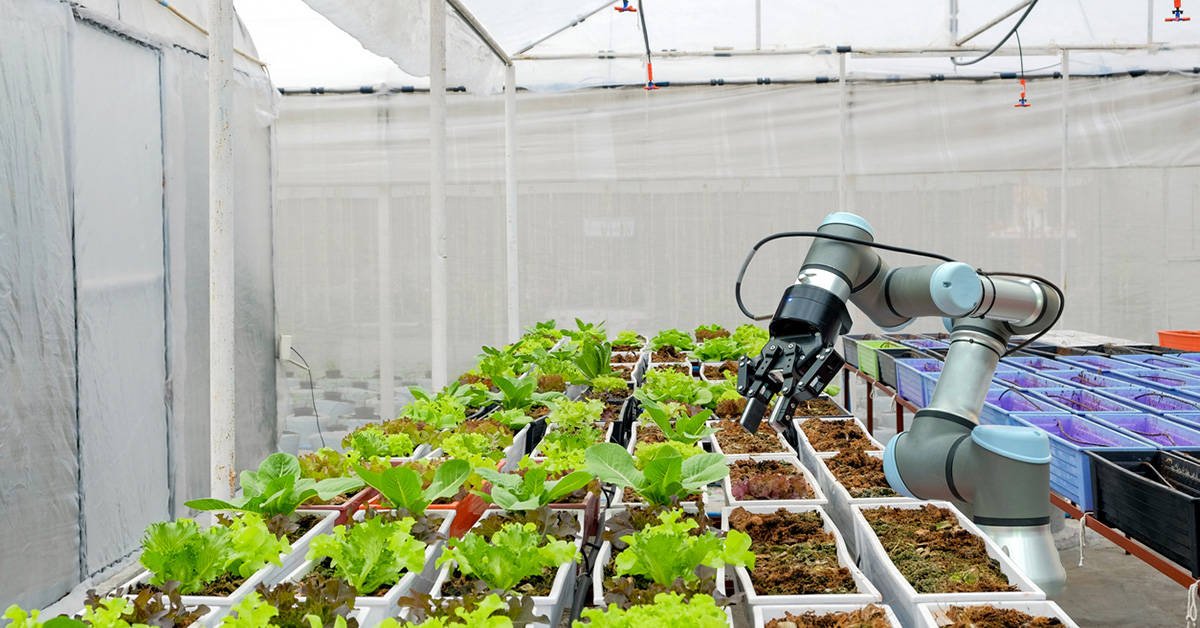If you’re looking to get into hydroponic farming, you’re going to need some specialized hydroponic farming equipment. In this blog post, we’ll discuss the basics of what you’ll need to get started. Hydroponic farming is a great way to produce high-quality crops without using soil. With the right equipment, you can set up a hydroponic system in your own home or business!
The Types of Hydroponic Farming Equipment Needed for a Basic Setup
The type of equipment you need for your hydroponic system will depend on the size and complexity of your setup. For a small, basic system, you’ll need to grow lights, an air pump, a water reservoir, and grow trays or buckets. The grow lights provide the plants with the energy they need to photosynthesize, and the air pump supplies oxygen to the roots. The water reservoir holds the nutrient-rich solution that the plants feed on, and the grow trays or buckets support the plants. You can find all of this equipment at your local gardening store or online.
For a larger or more complex system, you may also need a timer, an automated watering system, and an exhaust fan. The timer controls when the grow lights turn on and off, and the automated watering system ensures that the plants get the correct amount of nutrients at regular intervals. The exhaust fan helps to regulate temperature and humidity levels in the growing environment. Again, you can find all of this equipment at your local gardening store or online. With a little research and planning, you can easily assemble the hydroponic farming equipment you need to get started. You will need:
- A watertight container: This can be anything from a plastic storage bin to a fish aquarium. The size of the container will depend on the number of plants you want to grow.
- A growing medium: This can be gravel, sand, perlite, or vermiculite. The medium should be inert, meaning it won’t break down over time and alter the pH of the water.
- A submersible pump: This will circulate the water and ensure that the roots get adequate oxygenation.
- An air stone: This will release bubbles into the water, further oxygenating the roots.
- Plant food: This can be a liquid fertilizer or fish emulsion. Make sure to use a fertilizer designed for hydroponic plants; do not use Miracle-gro or other soil-based fertilizers.
- Plants: You will need to choose plants that are well suited for hydroponics. Some good options include lettuce, tomatoes, herbs, and peppers.
- A grow light: This is necessary to provide your plants with the proper amount of light.
- A timer: This will help you to ensure that your plants are getting the right amount of light.
- A reservoir: This will hold the water and nutrients that your plants need to grow.
- An air pump: This is necessary to oxygenate the water in your reservoir.
How To Set up Your Hydroponic Farm
Hydroponic farming is a type of agriculture that uses mineral-rich water instead of soil to grow plants. This type of farming can be done indoors or outdoors, and it is often used to grow crops that are difficult to cultivate in soil, such as lettuce and herbs. Before you can start growing your food using hydroponics, you will need to set up your farm. Here is a step-by-step guide to help you get started:
- Choose a location for your farm. Ideally, you should choose a place that receives plenty of natural light. If you are using artificial lighting, you will need to make sure that your farm is located near an electrical outlet.
- Select the type of hydroponic system that you would like to use. There are many different types of hydroponic systems, so do some research to see which one would be best for your needs.
- Assemble your system according to the instructions that came with it. Make sure that all of the connections are tight and secure.
- Fill your reservoir with water and add the appropriate amount of nutrients. Be sure to follow the instructions that came with your nutrient solution; too much or too little can hurt plant growth.
- Plant your seeds or seedlings in the growing medium of your choice. Be sure to plant them at the correct depth; if they are planted too deeply, they may not receive enough oxygen.
Tips For Maintaining Your Hydroponic Farm
Hydroponic farms are becoming increasingly popular due to their efficient use of water and space. However, these systems can be delicate, and even a small problem can disrupt the entire operation. To help you keep your farm running smoothly, here are a few tips for maintaining your hydroponic system:
- Keep your nutrient solution fresh. Depending on the type of crop you are growing, the nutrient solution should be changed every 2-4 weeks.
- Check your pH levels regularly. The ideal pH level for most crops is between 5.5 and 6.5.
- Monitor your water temperature. The ideal water temperature for most crops is between 70 and 75 degrees Fahrenheit.
- Inspect your plants regularly for pests and diseases. If you notice any problems, take action immediately to treat the plants and prevent the problem from spreading.
- Maintain a strict cleaning schedule for all of your equipment. This will help to prevent the spread of pests and diseases and will also extend the life of your equipment.
By following these tips, you can ensure that your hydroponic farm runs smoothly and produces healthy, high-quality crops.
The Future of Hydroponic Farming
The future of hydroponic farming is promising. The technology is constantly improving, making it more efficient and effective. The market for hydroponic products is also growing, as more people become aware of the benefits of this type of agriculture. The main advantage of hydroponics is that it allows crops to be grown in a controlled environment, without the need for soil. This reduces the risk of contamination and makes it possible to use fewer chemicals and pesticides. Hydroponics also uses less water than traditional farming methods, making it more sustainable. In addition, hydroponic farms can be located anywhere, including in urban areas where space is limited. With the right technology and management, hydroponic farming can play a vital role in feeding the world’s growing population.


